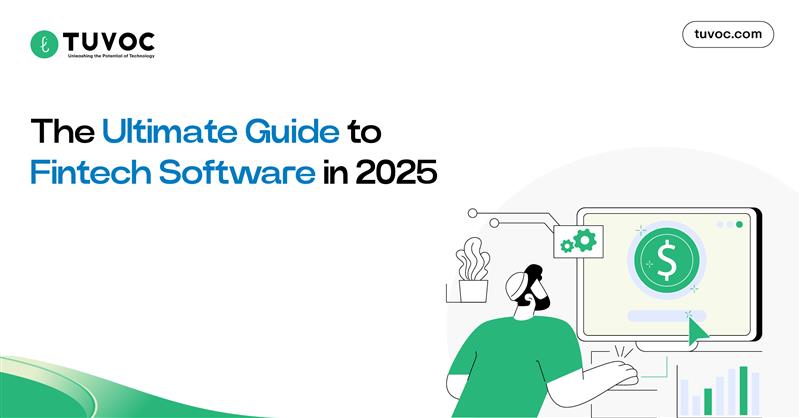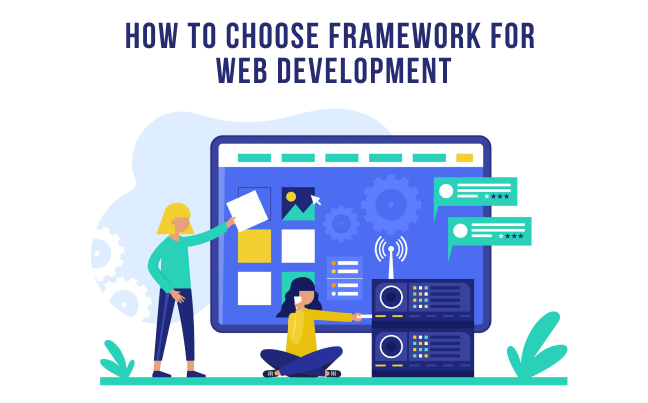Introduction
The choice of web development framework is an important component of project success. Web development services use these frameworks to improve efficiency and streamline the development process. Understanding web development frameworks becomes essential with the abundance of options accessible.
Developers can make use of the benefits of a framework by choosing the right one to build scalable and reliable web apps.
To help you make a wise choice, we will examine the essential elements to take into account in this guide while selecting a Software Development Framework.
What Does a Web Development Framework Mean?
A web framework, also known as a web application framework, is a pre-assembled collection of software tools, libraries, and best practices that aid in the overall web app development process.
It manages several repetitive activities and provides an organized method for arranging code, which improves the efficiency and maintainability of development.
It makes the process of developing websites and online apps easier by streamlining the web development process.
Because web development frameworks provide a uniform development process, using one can help ensure that the result has the qualities of scalability, stability, and maintainability.
How to Choose the Right Web Development Framework?
The optimal web development framework for your company will depend on several criteria. Here, let’s talk about a few of them.
Application:
Which web application framework is best for you will depend on how your web application will be used. If you lack the time to develop a suitable system from the ground up or install one, you need a framework to have a correctly divided user interface. This also relies on the features and calibre of work that are expected for the website.
You will require an easily understood and swiftly implemented framework if your application needs to be completed in less than a week. Similar use variables are crucial in helping you make a choice.
Software Design:
A framework’s software partner has an impact on the project. Almost all frameworks available now follow the MVC approach. You can develop more precise and concise code as a result of this. You may, however, also choose different patterns. Additional software patterns include MVP, MVA, and AVC.
AVC stands for Application-View-Controller, MVA stands for Model-View-Adapter, and MVP stands for Model-View-Presenter.
License Agreement:
A web application’s license is an important consideration. While the majority of frameworks grant you a commercial license, some may prohibit you from distributing the application for profit once it has been developed. When selecting a framework license, be important to review the terms if your website is intended for commercial use.
Verify the licensing for plug-ins, extensions, and other related features as well. You won’t have to deal with restricted licenses after the application has been developed, saving you time and hassle.
Hosting Demands:
Business needs frequently take priority over the developer’s project vision. For example, the developer may have a preference for the newest and greatest technologies, but they must first review the project’s hosting requirements. You will have to make do with shared hosting and its configurations if a dedicated host is out of your price range.
Shared hosting is provided by several frameworks, including CodeIgniter, Kohana, CakePHP, etc. In contrast, non-PHP frameworks such as Pylons, Django, and Ruby on Rails have unconventional arrangements.
Learning Curve:
Every learning curve is unique to a given framework. The backend framework that best fits your schedule and ability level is the one with the right learning curve. A web framework’s flexibility and conventions will determine which one best meets your needs.
Here are some things to think about language, directory structure, naming standards, feature implementation, and whether you just need to learn the language or Top Frameworks for Web Applications.
Availability, Extension, and Installation Ease:
At the very least, the Software Development Framework you select needs to be simple to install. If you don’t mind putting in a lot of work during installation and extension, go with a generic model that can be converted into different components down the road.
Find the framework that will enable you to execute extensions with ease. To perform extra functions, plug-ins must also be available. You won’t have to waste time creating a unique extension from scratch if you do this. You can complete significant tasks quickly and easily in this way.
Final Words
The Software Development Services Selection for your web development project is essential to its success. You can ensure that the framework you choose fits those needs by understanding your project’s requirements, studying and assessing framework alternatives, considering the skills of your development team, and making an informed decision.
Pick the best selection by studying and taking into account elements like functionality, community support, scalability, and long-term repercussions. Keep up with emerging frameworks and technologies to adapt to changing web development trends and improve your projects.
Have an Idea? Let’s Shape It!
Kickstart your tech journey with a personalized development guide tailored to your goals.
Discover Your Tech Path →Share with your community!
Latest Articles

Understand Cost of Hiring Python Developers in 2025: Factors and Strategies
Note: The estimated cost of hiring Python developers can range between $ 15-17 hourly or more. The exact cost, team…

Top CTO Checklist for Hiring Python Developers
Introduction Python is among the popular programming languages due to its comprehensive libraries, frameworks, and versatility. Many popular companies like…

The Ultimate Guide to Fintech Software in 2025: Everything You Need to Know
Fintech software revolutionized the financial landscape, with global fintech funding reaching a record $132 billion in 2021, accounting for 21%…





